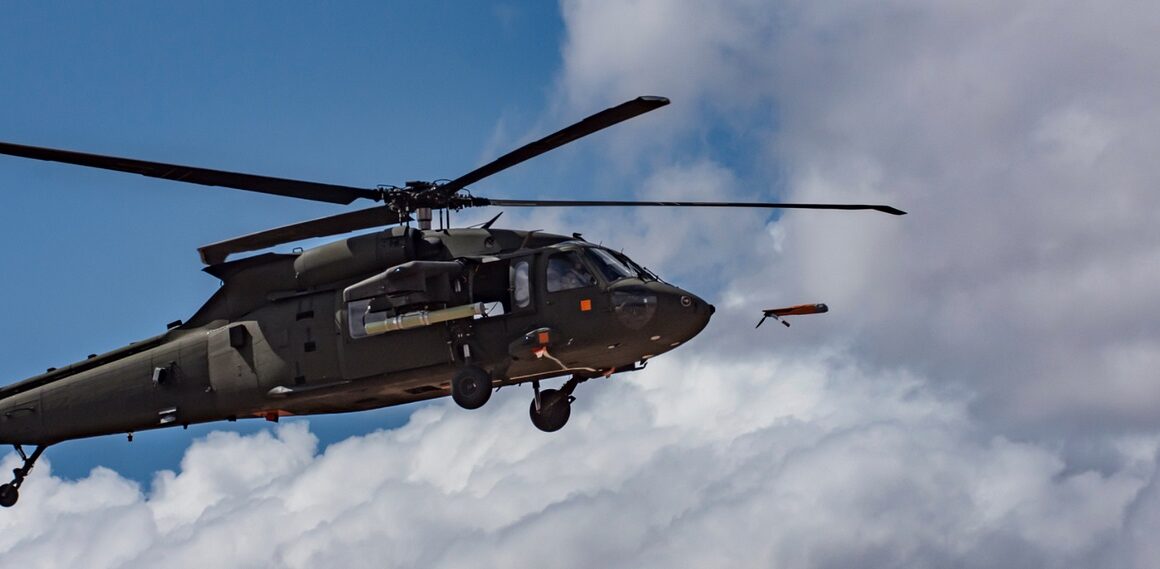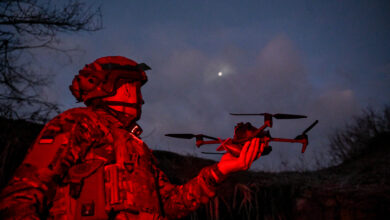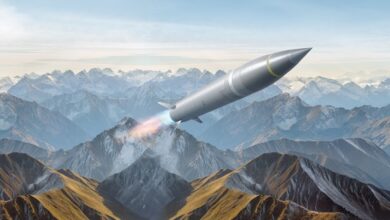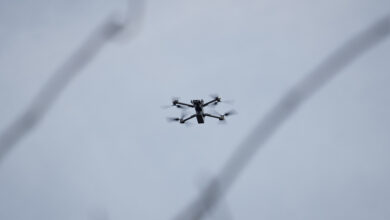The US Army has named three defense companies to participate in a special demonstration of their advanced Launched Effects–Short Range (LE-SR) systems.
Raytheon, Anduril Industries, and AEVEX Aerospace will showcase their respective systems — the Coyote Block 3, Altius 600, and Atlas — in front of US Army soldiers.
Soldiers from field artillery, infantry, and aviation units will also participate in the demonstration, gaining hands-on experience with the systems and testing various tactics, techniques, and procedures for their operation.
Launched Effects consist of small, uncrewed aircraft or payloads launched from autonomous ground or air platforms to improve battlefield capabilities, such as detection, identification, location, and threat reporting.
These systems typically include an air vehicle, effects payload, mission system applications, and support equipment necessary for effective execution.
“The LE-SR user demonstration is an important step forward in developing launched effects capabilities,” said Brig. Gen. David Phillips, the US Army’s Program Executive Officer for Aviation.
“We are excited to work with our industry partners putting their systems in the hands of soldiers to evaluate their performance and identify areas for improvement.”
Participating Systems
Raytheon’s Coyote Block 3 is an advanced iteration of the Coyote family, a series of small, portable, and cost-effective drone interceptors.
It features upgraded sensors and a variety of payload options to enhance intelligence gathering, surveillance, and precision strike capabilities.
Anduril’s Altius 600 is a versatile, high-performance drone designed for a wide array of missions, including reconnaissance, targeting, communications relay, and strike operations.
The Atlas system, developed by AEVEX Aerospace, falls under the Group II loitering munitions category and is capable of carrying both fragmentation and penetrator payloads.
It can reach speeds of over 50 knots (92 kilometers/57 miles per hour) and remain airborne for over two hours, allowing it to loiter before engaging its target.
The US Army plans to leverage soldier feedback on these systems to shape future LE-SR requirements and refine employment strategies.












